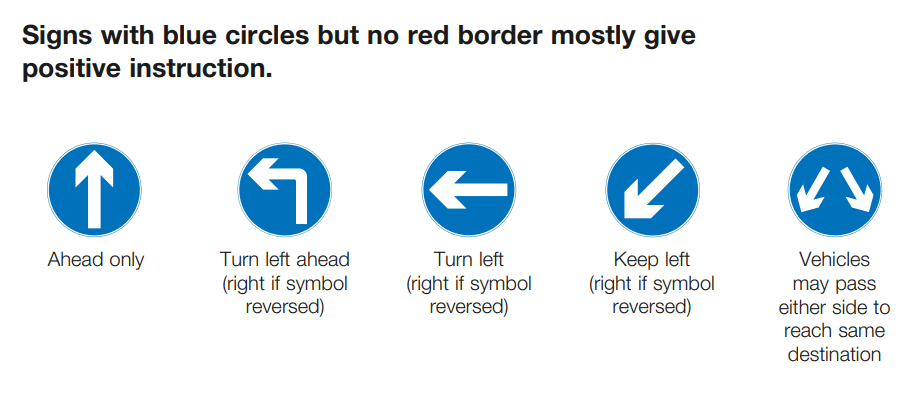
Transitioning from driving in Europe to the UK might initially appear challenging due to differences in driving culture and legislation.
However, navigating these changes doesn’t have to be complicated. In our guide, we’ve broken down all the key differences to help you adjust smoothly.
From the side of the road you’ll be driving on, to understanding unique road signs and regulations, we’ve covered everything you need to know to drive confidently and safely in the UK.
General Precautions and Major Differences
When it comes to driving, one of the most notable differences between the UK and many European countries is the side of the road on which we drive.
In the UK, including England, Wales, Scotland, and Northern Ireland, vehicles navigate on the left-hand side of the road.
This practice is relatively uncommon globally and might feel counterintuitive to those accustomed to driving on the right.

Understanding Road Safety
Driving in an environment that’s different from what you’re used to can significantly affect your safety and that of others on the road. Here are several key points to keep in mind:
- In the UK, the risk associated with turning is reversed compared to Europe. Right-hand turns require crossing traffic, so extra vigilance is necessary.
- Roundabouts operate under a different system as well; you must give way to the right and move in a clockwise direction.
- Exiting a side road? Remember to look right first, not left.
- On motorways, the fast and slow lanes are opposite to what many are used to: the overtaking lane is on the right, while the left lane is for slower speeds.
Lane Discipline and Narrow Roads
- When driving on narrow lanes, it’s customary to pull over to the left to allow oncoming traffic to pass.
Learning to Drive
The journey to obtaining a driving licence varies greatly from one country to another, with some countries requiring unique tests and evaluations.
For a comprehensive understanding of these differences, including everything from coordination tests to psychological evaluations, refer to our guide on driving tests in Europe.
Licence Validity
Fortunately, EU member states, along with a select group of other European countries, have licences that are recognised in the UK.
Despite the initial challenges, considering a practical test in your current country of residence could be beneficial.
Driving in the UK involves adapting to various rules and practices. Whether it’s mastering roundabouts or understanding the correct lane discipline, these adjustments are crucial for ensuring safety on the road.
Driving a Left-Hand Drive (LHD) Car in the UK
In the UK, the majority of vehicles are configured for right-hand drive (RHD), aligning with the country’s traffic flow on the left side of the road.
However, if you’re navigating the UK’s roads in a left-hand drive (LHD) vehicle, there are specific considerations and precautions you’ll need to take to ensure safety and compliance.
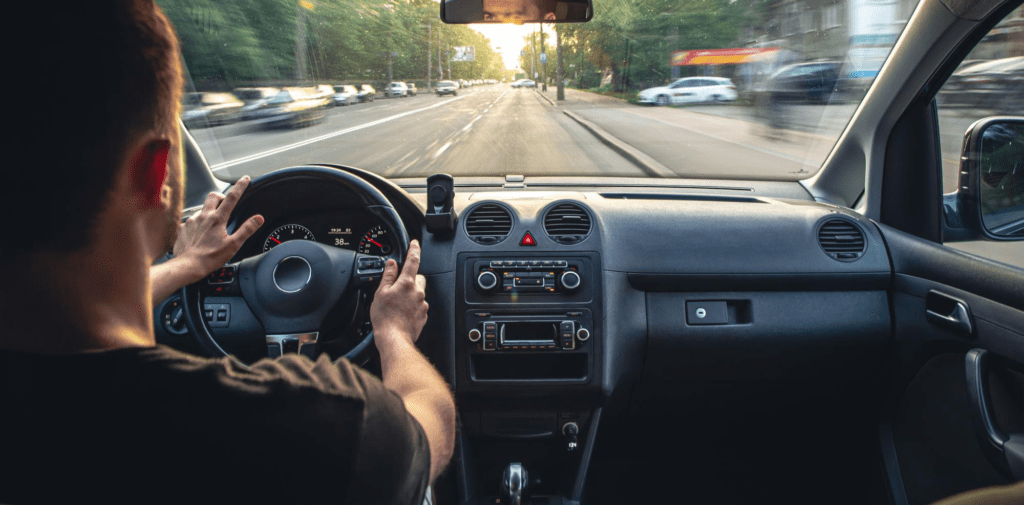
Visibility and Distance
The shift in driver’s seat position from right to left impacts your visibility drastically. In an LHD car, you might find yourself with a clearer view of the pavement than the actual road ahead.
This limited visibility necessitates driving with heightened caution and maintaining an increased distance from the vehicle in front to compensate for the reduced margin for error.
Overtaking Precautions
When it comes to overtaking other vehicles, the challenge intensifies due to your altered field of vision.
Ideally, overtaking should be minimized or avoided when driving an LHD car in the UK. If overtaking is absolutely necessary, enlist the help of a passenger to ensure the maneuver can be performed safely.
Road Positioning
A common pitfall for drivers unaccustomed to LHD vehicles in the UK is the tendency to drift towards the centre of the road.
This not only poses a risk to oncoming traffic but can also lead to potential accidents. Maintaining awareness of your lane positioning is crucial to prevent inadvertently obstructing or endangering other road users.
Headlight Adapters
One technical adjustment that’s often overlooked is the application of headlight adapters. These essential accessories modify the beam pattern of your headlights to prevent dazzling other drivers.
They are a simple yet effective solution to ensure your vehicle’s compliance with local road safety standards.
Long-Term Considerations
While many individuals manage to navigate UK roads in LHD vehicles temporarily, for extended stays or permanent residency, investing in an RHD car is strongly recommended.
Not only does this align better with the UK’s driving environment, but it also enhances your overall driving experience, safety, and comfort on the road.
Adapting to the UK’s driving conditions in an LHD vehicle requires careful attention to visibility, overtaking practices, road positioning, and vehicle modifications. By taking these extra steps, you can help ensure a safer journey for yourself and other road users.
Speed Limits
In the UK, speed limits are set in imperial measurements, distinguishing them from the majority of Europe and much of the world where metric measurements are standard.
To assist with the transition and provide clarity, we’ve compiled a table that compares typical European and UK speed limits.
Understanding the Differences
The table is designed to offer an approximation of how speed limits in the EU translate into the UK’s imperial system. This comparison aims to make it easier for drivers accustomed to metric measurements to adjust when driving in the UK.
European speed limits | UK speed limits |
30kph | 20mph |
40kph | |
50kph | 30mph |
60kph | 40mph |
70kph | |
80kph | 50mph |
90kph | |
100kph | 60mph |
110kph | |
120kph | 70mph |
Is There a Minimum Speed Limit?
While we’ve addressed maximum speed limits, it’s natural to wonder if there’s such a thing as a minimum speed limit in the UK.
Different Types of Road in the UK
Navigating the UK’s roads involves understanding the three distinct types of road classifications: Motorways, A roads, and B roads.
Each category serves a specific function in the UK’s transportation network and presents its own set of characteristics and challenges for drivers.

Motorways
Motorways are the backbone of the UK’s road network, designed for high-speed travel across long distances.
These are major roads featuring at least three lanes, facilitating efficient movement of traffic. Motorways are indicated by the prefix ‘M’, e.g., M1, and are subject to specific rules and speed limits to ensure safety.
A Roads
A roads serve as important arterial routes connecting towns, cities, and regions. They can vary significantly in size and capacity, ranging from single carriageway roads to those with up to three lanes in each direction.
A roads can either be part of the primary route network, highlighted with green signs, or non-primary, marked with white signs. Their versatility makes them a critical component of the UK’s transport infrastructure.
B Roads
At the other end of the spectrum, B roads are the most minor classification within the UK’s road system.
These roads can encompass a wide variety of road types, from narrow country lanes to more bustling inner-city streets.
The designation ‘B’ is used to signify roads that are less critical for long-distance traffic but are still vital for local connectivity and access.
Road Quality and Maintenance
While these classifications provide a general idea of the road’s purpose and capacity, they don’t always reflect the condition of the road surface.
There can be B roads with excellent surfaces, just as there might be sections of motorway in need of repair and maintenance.
Hence, it’s crucial for drivers to remain observant and adaptable, regardless of the road type.
Understanding the differences between these road types is key to navigating the UK’s diverse and complex road network effectively.
Each type presents unique challenges, from the high-speed environment of motorways to the more variable conditions of A and B roads, demanding a versatile and cautious approach to driving.
Driving on Motorways and Other Dual Carriageways
The UK motorway network has grown extensively since the first motorways were introduced in the late 1950s.
Today, it spans over 2,000 miles, facilitating rapid travel between major cities and urban areas. Motorways are exclusive to motorised traffic, with pedestrians strictly prohibited.
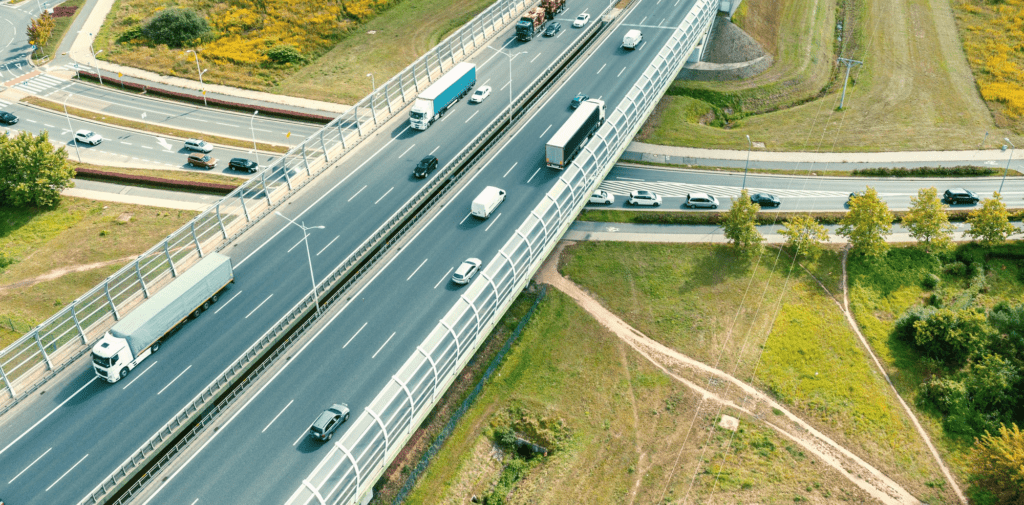
Motorways and Dual Carriageways
Motorways and dual carriageways outside of built-up areas share a common speed limit of 70 mph (about 112 kph). Within built-up areas, dual carriageways usually have a 30 mph limit (approximately 48 kph), though 40 mph (64 kph) limits are also prevalent.
Unlike some European countries, UK motorways do not have variable speed limits based on weather conditions. However, adverse weather necessitates extra caution, and temporary speed limits may be enforced, indicated by electronic signs.
Interestingly, the vast majority of UK motorways do not impose tolls, with a few exceptions like the M6 Toll. This makes motorway travel generally free of charge.
For a comprehensive understanding of motorway driving and related regulations, consulting the Highway Code is advisable. Additionally, for enthusiasts, exploring the history of the Highway Code might provide intriguing insights.
Driving on Single Carriageway A Roads
A single carriageway A road lacks a central reservation separating opposing traffic flows. While navigating these roads is straightforward, be mindful that speed limits can vary and may not always be prominently signposted.
A useful guideline is that a 30 mph limit typically applies in areas with street lighting, indicative of urban settings.
Driving on Country Lanes
Country lanes, often categorised as B roads, usually adhere to the national speed limit of 60 mph.
Despite the allowance for relatively high speeds, the presence of blind bends, poor road surfaces, or potential wildlife hazards demands cautious driving and, often, a reduction in speed for safety.
Driving in Very Built-Up Areas
In densely populated urban zones, a 20 mph speed limit is common, especially near schools and areas with high pedestrian activity. Driving in these areas requires heightened awareness and consideration for the safety of pedestrians.
For more detailed guidance on everyday driving practices, including how to handle the diverse challenges of UK roads, our driving tips section offers valuable advice.
Road Signs
Understanding road signs is crucial for safe driving, and while you might not immediately recognise the meaning of every sign, you can often deduce its nature from its shape.
The UK uses a specific system of shapes to categorise different types of road signs, making it easier for drivers to interpret their messages at a glance.
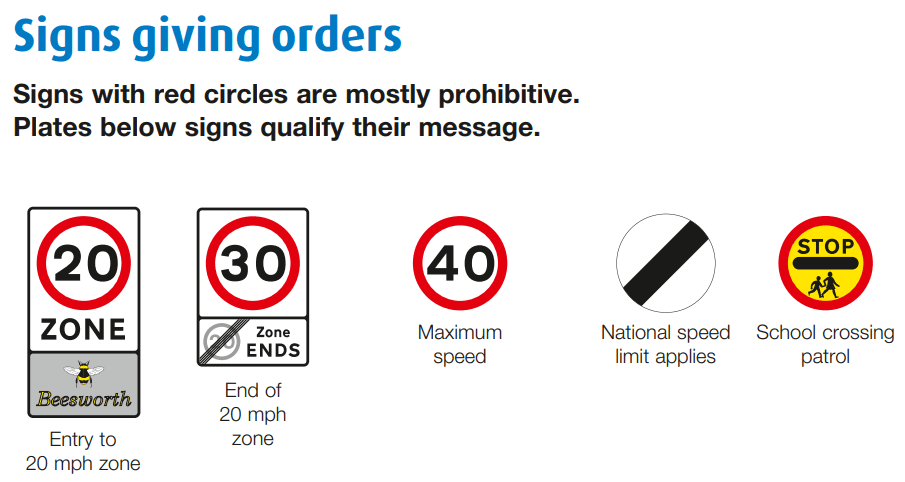
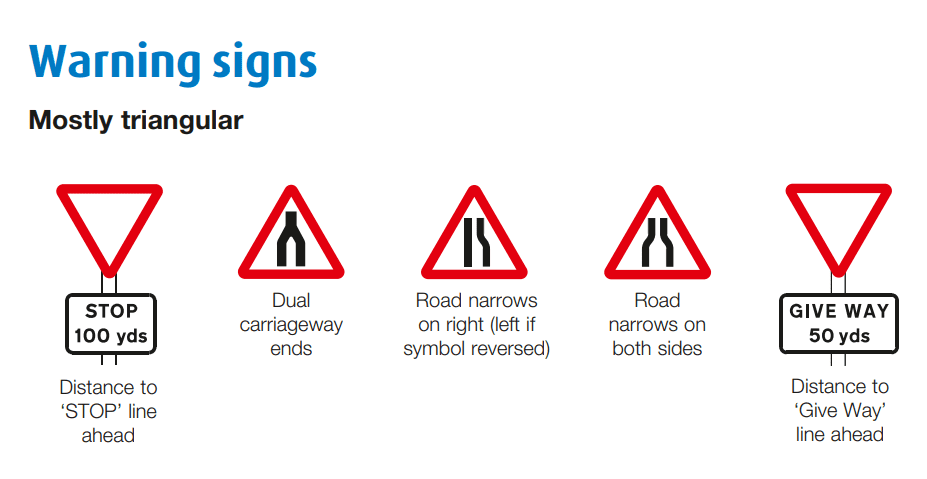
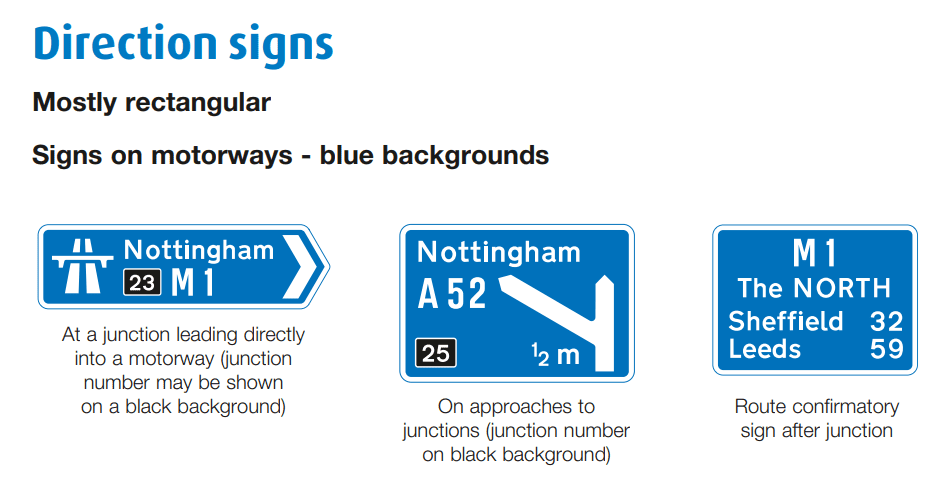
Different Shapes of UK Road Signs
The design and shape of road signs in the UK are intentionally distinct to help drivers quickly understand the type of information being conveyed, even if the specific details of the sign are unfamiliar.
For a thorough understanding of what each road sign means, including their shapes and colours, visiting the government website provides access to a comprehensive guide.
This resource is invaluable for both new and experienced drivers, ensuring that everyone can navigate the roads with confidence and clarity.
UK Insurance Requirements
In the UK, having appropriate insurance is a legal requirement for all drivers, including those visiting for a short duration.
Understanding the different levels of insurance cover available is crucial to ensure you’re adequately protected while driving.
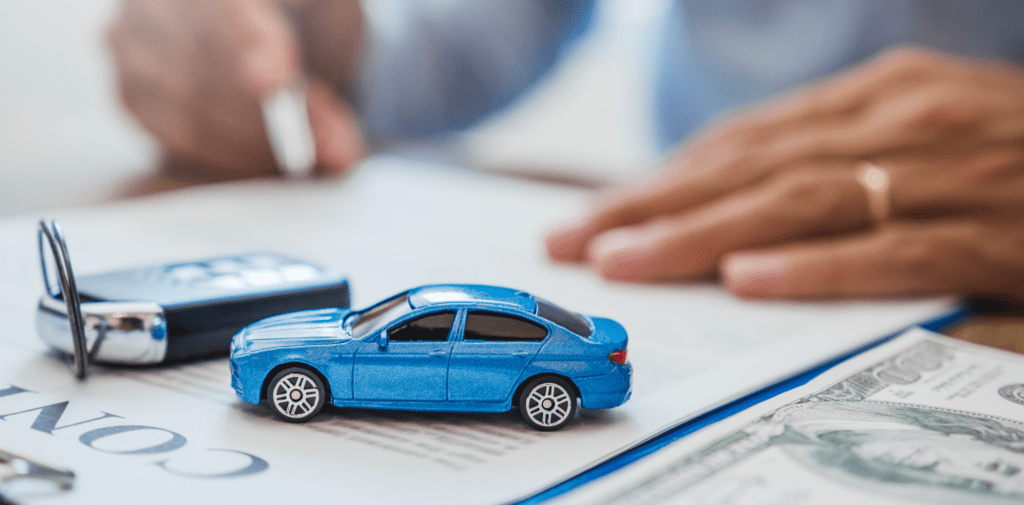
Types of Insurance Cover
There are three primary types of insurance cover to consider:
-
Third Party: This is the basic level of insurance required by law. It covers damage to other people’s vehicles or property but does not cover any damage to your own vehicle.
-
Third Party, Fire and Theft: As a step up from basic third-party cover, this insurance includes protection if your car is stolen or damaged by fire, in addition to covering damages to third parties.
-
Comprehensive: This is the most inclusive type of insurance. It covers everything that third-party, fire, and theft insurance does, but it also covers damage to your own vehicle, making it the recommended choice for complete protection.
Arranging Cover for Short Stays
For those in the UK for a short period, it’s often possible to extend your European insurance cover to include driving in the UK.
If your current insurer does not provide this option, companies such as the RAC offer short-term insurance solutions designed to cater to the needs of visitors.
Ensuring you have the correct insurance cover is not only a legal obligation but also a vital aspect of responsible driving, providing peace of mind during your stay in the UK.
What to Do If You Have an Accident
Driving in the UK is largely safe, but accidents can still occur. Knowing the correct steps to take immediately following an accident is crucial for ensuring everyone’s safety and fulfilling legal obligations.
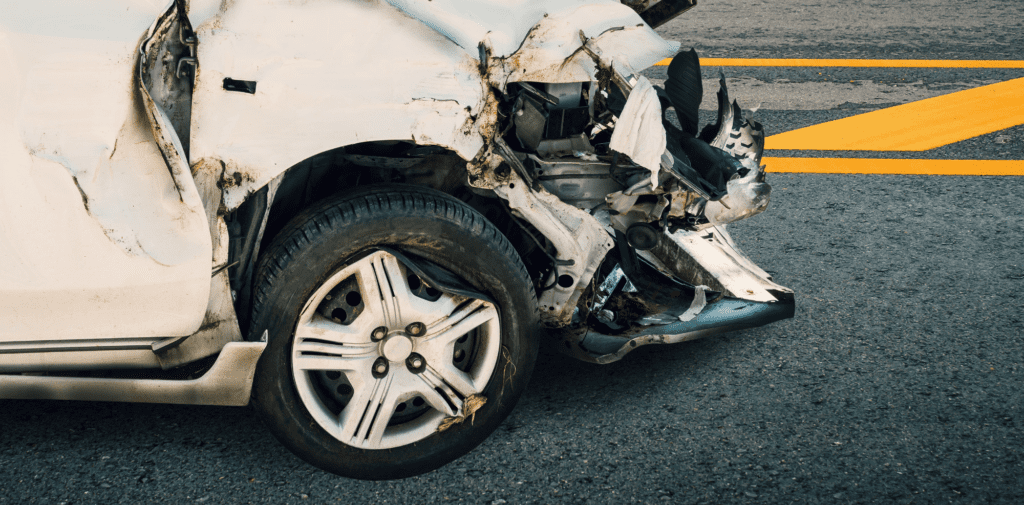
Immediate Actions Post-Accident
-
Stop Immediately: Regardless of the accident’s severity, it’s essential to stop your vehicle. Ensure you switch off the engine and activate your hazard lights to alert other road users. Before exiting the vehicle, check for oncoming traffic to ensure it’s safe, preferably exiting from the passenger side to avoid any potential hazards.
-
Check for Injuries: If there are any injuries, dial 999 immediately to request an ambulance. Safety and health are paramount, so this should be your first action if anyone is hurt.
-
Inform the Police: The police should be notified in cases of serious accidents, if there’s suspicion of foul play, or if the accident results in a roadblock. They can assist with managing the scene and provide necessary legal documentation for the incident.
Gathering Information
-
Exchange Details: Collect the names, addresses, and contact numbers of all individuals involved, including drivers, passengers, and any witnesses. This information is vital for insurance claims and any potential legal proceedings.
-
Document the Scene: Taking photographs of the accident site, including all vehicles involved, can be invaluable. These images serve as evidence and can significantly aid in the insurance claim process.
Following these steps ensures you handle the situation responsibly and effectively, providing a foundation for any required insurance or legal actions.
Remember, safety is the priority, so taking precautionary measures to prevent further harm or complications is essential.
Legal Pitfalls
Navigating the UK’s roads means staying on the right side of the law. The regulations are designed to protect you and other road users, and the consequences for violations can be strict. Below, we outline some key areas of driving law you should be aware of.
Speed Cameras
Speed cameras are a common sight in the UK, deployed to enforce speed limits and enhance road safety.
They are always preceded by warning signs. There are primarily two types of speed cameras: instant detection cameras that measure your speed as you pass and average speed cameras that calculate your speed over a certain distance, often found on motorways.
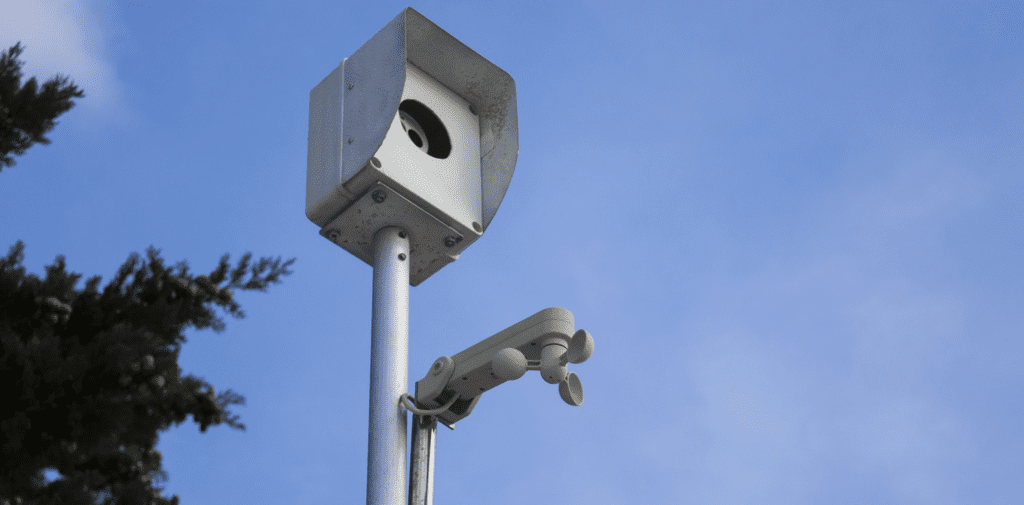
Penalties for speeding can range from a verbal warning to a fine of up to £1,000, depending on the severity of the offence and the discretion of the police.
Using a Mobile Phone
The law is stringent regarding the use of mobile phones while driving. Being caught texting or making a call without a hands-free setup can result in a minimum fine of £90.
While hands-free devices are permissible, they can still lead to penalties if they cause significant distraction.
Drink Driving
The legal limit for drink driving in the UK is set at 80 milligrams of alcohol per 100 ml of blood.
The penalties for exceeding this limit are severe, potentially including licence revocation and fines up to £5,175. The safest policy is to avoid drinking entirely before driving.

